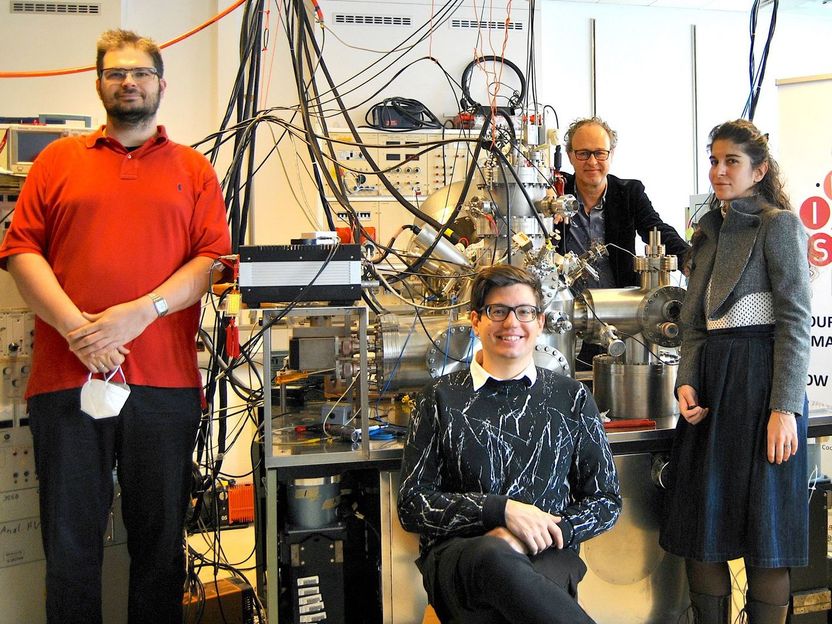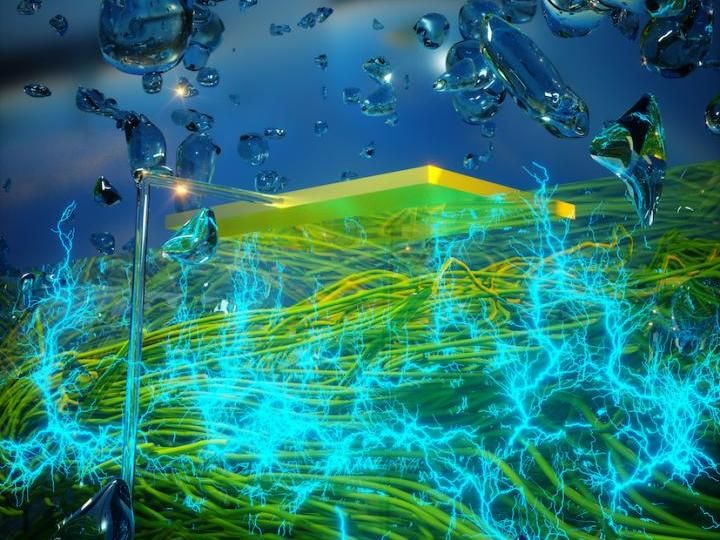Improving solar cell efficiency by optical design
Scientists in the United States have designed a Cu2ZnSn(S, Se)4 (CZTSSe) solar cell with the greatest efficiency to date using an optical-design approach.
The researchers describe a new optical architecture for CZTSSe photovoltaic devices that improves the record power-conversion efficiency for this technology from 11.1 per cent to 12.0 per cent. CZTSSe absorbers are appealing for terawatt-scale thin-film solar deployment because they are composed of earth-abundant, non-toxic metals.
Using analytical modelling, verified by experiments, the team identified the optimal optical design for increasing the amount of light absorbed in the CZTSSe layer. The new design uses thinner CdS and transparent-conducting layers that lie atop the CZTSSe absorber.
The researchers also showed that that the approach typically used for solar-cell photon management – that is minimising the number of photons reflected from the solar cell surface – does not maximise current for this type of device.
Original publication
Organizations
Other news from the department science

Get the chemical industry in your inbox
By submitting this form you agree that LUMITOS AG will send you the newsletter(s) selected above by email. Your data will not be passed on to third parties. Your data will be stored and processed in accordance with our data protection regulations. LUMITOS may contact you by email for the purpose of advertising or market and opinion surveys. You can revoke your consent at any time without giving reasons to LUMITOS AG, Ernst-Augustin-Str. 2, 12489 Berlin, Germany or by e-mail at revoke@lumitos.com with effect for the future. In addition, each email contains a link to unsubscribe from the corresponding newsletter.
Most read news
More news from our other portals
Last viewed contents
Orlov_(diamond)

Old Mystery Solved: a "New Kind of Electrons" - Why do certain materials emit electrons with a very specific energy?
Killer silk: Making silk fibers that kill anthrax and other microbes in minutes

Putting quantum scientists in the driver's seat
Altana Pharma invests in new High Throughput Screening system from Thermo Electron




























































